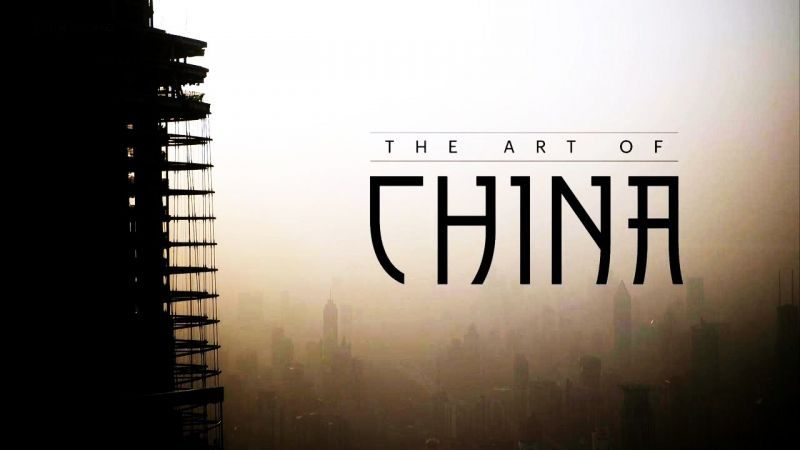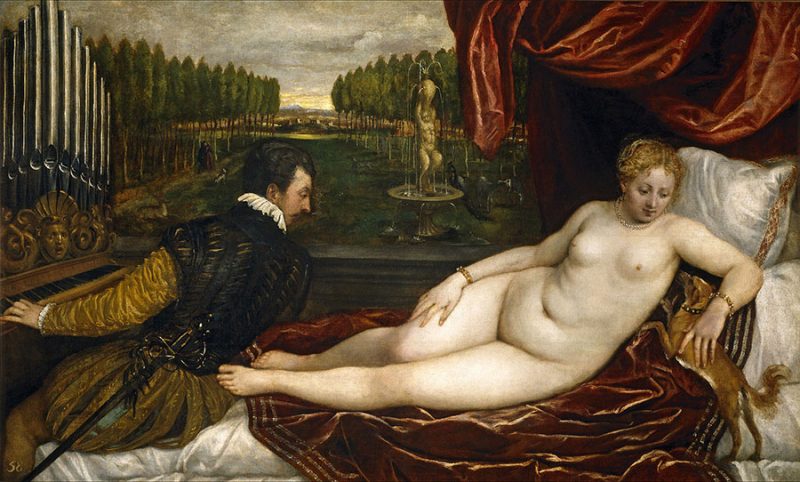Art of Scandinavia episode 2 – Once Upon a Time in Denmark: In episode two of Andrew Graham-Dixon‘s epic journey through Scandinavian art and landscape.
Denmark emerges from modest beginnings to become one of the greatest powers and arbiters of taste in northern Europe – a story of incredible transformation befitting the homeland of the great fairy-tale spinner Hans Christian Andersen, creator of The Ugly Duckling and The Emperor’s New Clothes.
Hans Christian Andersen
Hans Christian Andersen in Denmark usually called H.C. Andersen, was a Danish author. Although a prolific writer of plays, travelogues, novels, and poems, he is best remembered for his fairy tales. Andersen’s popularity is not limited to children; his stories express themes that transcend age and nationality.
Andersen’s fairy tales, consisting of 3381 works and translated into more than 125 languages, have become culturally embedded in the West’s collective consciousness, readily accessible to children, but presenting lessons of virtue and resilience in the face of adversity for mature readers as well. His most famous fairy tales include “The Emperor’s New Clothes,” “The Little Mermaid,” “The Nightingale,” “The Steadfast Tin Soldier”, “The Red Shoes”, “The Princess and the Pea,” “The Snow Queen,” “The Ugly Duckling,” “The Little Match Girl,” and “Thumbelina.” His stories have inspired ballets, plays, and animated and live-action films. One of Copenhagen’s widest and busiest boulevards, skirting Copenhagen City Hall Square at the corner of which Andersen’s larger-than-life bronze statue sits, is named “H.C. Andersens Boulevard.
The Emperor’s New Clothes
“The Emperor’s New Clothes” is a short tale written by Danish author Hans Christian Andersen, about two weavers who promise an emperor a new suit of clothes that they say is invisible to those who are unfit for their positions, stupid, or incompetent – while in reality, they make no clothes at all, making everyone believe the clothes are invisible to them. When the emperor parades before his subjects in his new “clothes”, no one dares to say that they do not see any suit of clothes on him for fear that they will be seen as stupid. Finally a child cries out, “But he isn’t wearing anything at all!” The tale has been translated into over 100 languages.




